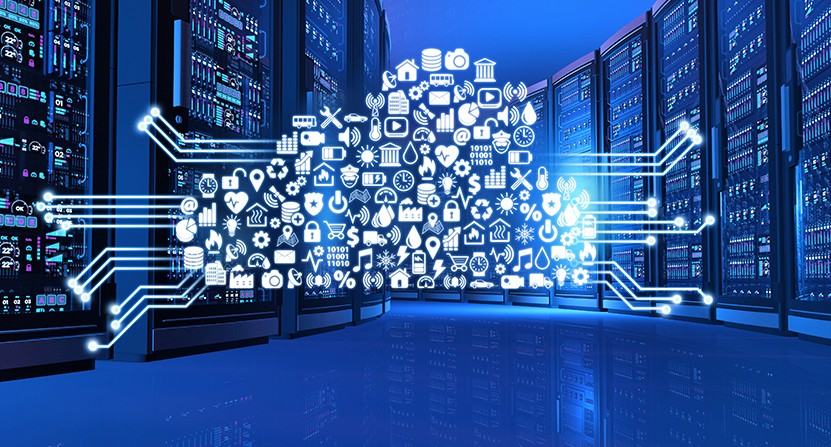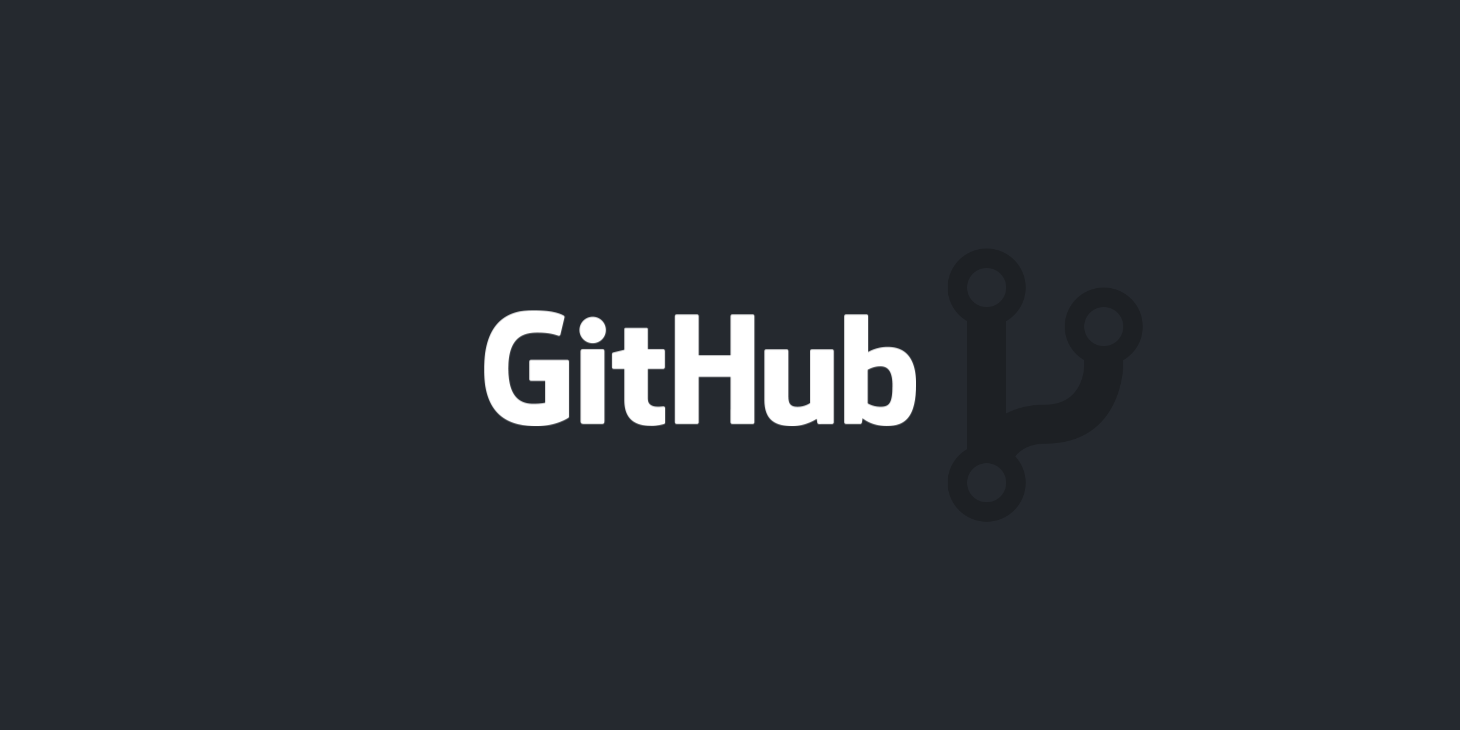Description
Introduction of Data Processing
The growing need for real-time decision-making in IoT systems has driven the adoption of Edge Computing. By processing data closer to its source, enables faster response times and reduces the need to send massive data to centralized servers. This course focuses on the principles, techniques, and tools for real-time data processing in Edge IoT environments. Participants will explore how real-time analytics is implemented at the edge and how it benefits various industries like healthcare, manufacturing, and smart cities.
Prerequisites
- Basic understanding of IoT and Edge Computing concepts
- Familiarity with networking and cloud computing
- Knowledge of data processing techniques and programming (Python, C++, or similar)
- Some experience with sensors, embedded systems, or communication protocols (optional)
Table of Contents
- Introduction to Real-Time
- 1.1 Overview of IoT and Edge Computing
1.2 Why real-time data processing is critical in IoT systems
1.3 Key benefits of real-time processing at the edge
1.4 Real-world use cases: Healthcare, manufacturing, and smart infrastructure
1.5 Challenges in achieving real-time processing in distributed IoT systems
- Architecture
2.1 Anatomy of an Edge IoT system: Devices, gateways, and cloud interaction
2.2 Data flow: From sensor to edge and beyond
2.3 Edge nodes and gateways: Processing power, storage, and connectivity
2.4 Decentralized vs. centralized processing: Benefits and trade-offs
2.5 Case study: Edge IoT architecture for real-time traffic management
- Data Collection and Processing at the Edge
3.1 Data acquisition: Sensors and data sources in Edge IoT(Ref: Edge Computing vs. IoT Overview)
3.2 Processing pipeline: Data ingestion, filtering, and transformation
3.3 Local data processing techniques: Stream processing, filtering, and aggregation
3.4 Real-time data analytics: Analyzing sensor data at the edge
3.5 Introduction to event-driven architecture for real-time responses
- Edge Computing Platforms
4.1 Overview of platforms: AWS Greengrass, Azure IoT Edge, Google Edge TPU
4.2 Edge device hardware for real-time data processing: Raspberry Pi, NVIDIA Jetson, etc.
4.3 Installing and configuring real-time data processing frameworks
4.4 Deploying real-time analytics applications on edge devices
4.5 Case study: Real-time video analytics using edge devices in surveillance
- Networking and Communication
5.1 Role of networking in real-time processing: Latency, bandwidth, and throughput
5.2 Communication protocols for real-time Edge IoT: MQTT, CoAP, WebSockets
5.3 Edge-to-cloud communication: Real-time data transfer and synchronization
5.4 Managing network congestion and ensuring low-latency responses
5.5 Case study: Real-time data streaming in edge-enhanced IoT systems
- Machine Learning for the Edge
6.1 Introduction to edge AI: Processing ML models on edge devices
6.2 Real-time anomaly detection using machine learning at the edge
6.3 Distributed AI models for real-time IoT applications
6.4 Tools and frameworks for running ML models at the edge: TensorFlow Lite, OpenVINO
6.5 Case study: Real-time predictive maintenance in manufacturing using edge AI
- Security and Privacy
7.1 Security risks in real-time data processing at the edge
7.2 Protecting data integrity and confidentiality in real-time systems
7.3 Securing communication channels in edge-based real-time processing
7.4 Privacy considerations in handling sensitive data in healthcare and smart cities
7.5 Best practices for secure real-time processing in Edge IoT
- Industry Applications
8.1 Healthcare: Real-time patient monitoring and diagnostics
8.2 Manufacturing: Predictive maintenance and process automation
8.3 Smart cities: Traffic management, environmental monitoring, and emergency response
8.4 Retail: Enhancing customer experiences with real-time data analytics
8.5 Future trends and emerging real-time uses
- Hands-on Lab and Final Project
9.1 Setting up a real-time data processing environment on edge devices
9.2 Connecting sensors and streaming real-time data for analysis
9.3 Implementing real-time analytics on edge devices using Python/ML frameworks
9.4 Deploying an end-to-end edge-to-cloud system for real-time data monitoring
9.5 Final project presentation, group discussion, and Q&A
This course equips participants with the skills and knowledge to design and implement real-time data processing systems in Edge IoT, preparing them to tackle industry-specific challenges with cutting-edge solutions.
Reference







Reviews
There are no reviews yet.